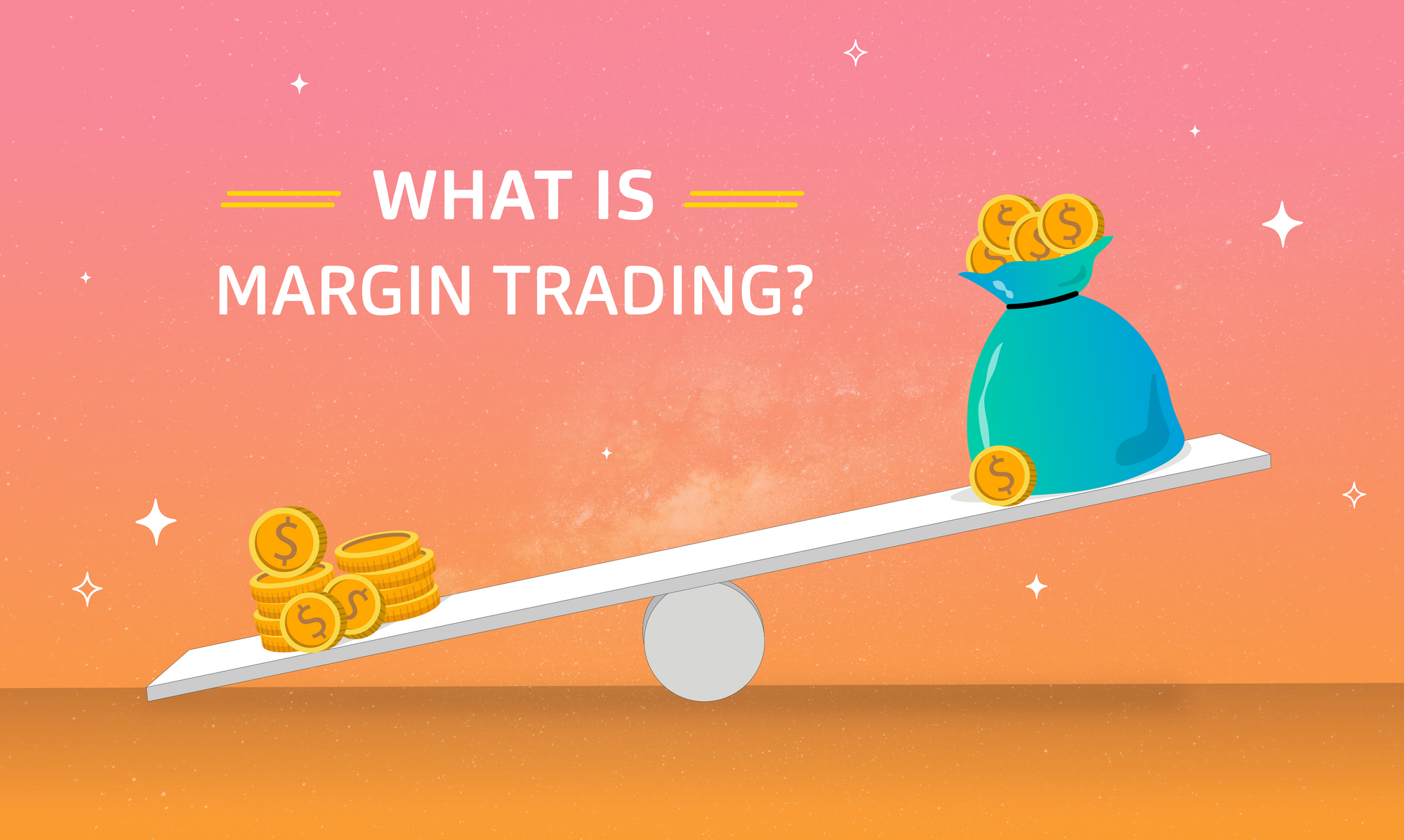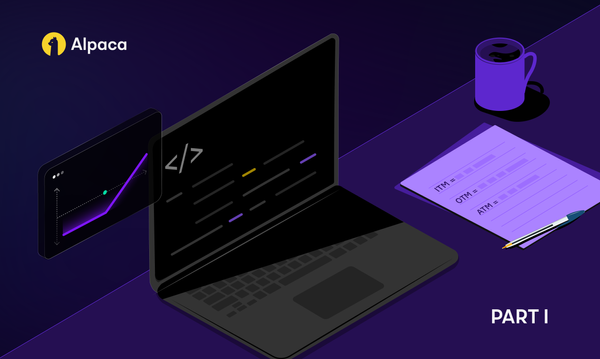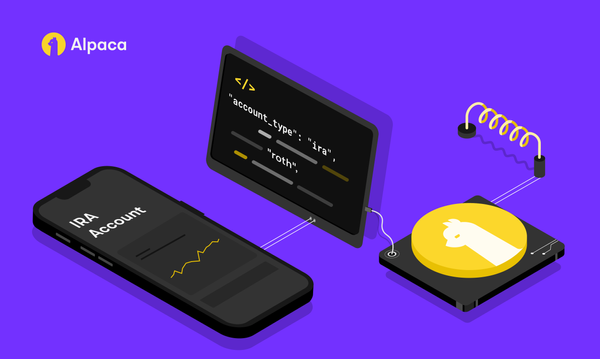What is Margin Trading?
Margin trading, also known as trading on margin, is defined as buying stocks with money borrowed from your brokerage.


Margin trading, also known as trading on margin, is defined as buying stocks with money borrowed from your brokerage. It means you’re taking out a loan to buy stocks, with an obligation to repay the loan (plus interest) at a later date.
Margin requirements
In order to trade on margin, you must have $2,000 or more of equity in your account. Equity, in this context, is the value of cash and securities in your account, less any money owed. Accounts with less than $2,000 of equity will not be able to margin trade and will only be able to purchase securities at a 1:1 ratio (fully paid).
Under the Federal Reserve Board’s Regulation T, you may borrow up to 50% of the price of the shares on a margin purchase. This is known as the initial margin.
Additionally, according to maintenance margin requirements, the equity in your account cannot fall below 25% of the current market value of the securities in the account. If it does, you may be required to deposit additional cash or securities to maintain equity at the 25% threshold.
How margin trading works
With Reg T margin accounts, you have 2x buying power. For instance, if you have $10,000 in your account and the marginable securities that you want to buy cost $20,000, you can still make the trade with $10,000 in cash.
What’s more, Reg T margin accounts flagged as a Pattern Day Trader (PDT, defined as ABCD) with $25,000 or greater equity are also given up to 4x intraday buying power. For example, a PDT account holding $50,000 in cash may purchase and hold up to $200,000 in securities intraday. However, to avoid receiving a margin call the next morning, the securities held would need to be reduced to $100,000 or less, depending on the maintenance margin requirement by the end of the day.
Note: Not all securities can be purchased on margin. Cryptocurrencies cannot be purchased on margin.
Margin requirements
Trading on margin involves risk. You can lose more money than you deposit in a margin account. A decline in the value of the securities you purchase on margin may require you to provide additional funds to Alpaca Securities LLC in order to avoid the forced liquidation of those securities or other securities in your account. Individual securities may also require a higher margin maintenance. For more information, please read the Alpaca Margin Disclosure document here.
This article is solely for informational purposes only. Alpaca does not recommend any specific investments or investment strategies. Investments in securities involve the risk of losses and past performance does not guarantee future results. Before investing you should carefully consider your investment objectives, time horizon, and overall risk tolerance as well as the information stated in the product offering prospectuses.
Additional Information
- SEC Investor Bulletin: Understanding Margin Accounts
- Alpaca Docs: Margin and Short Selling





